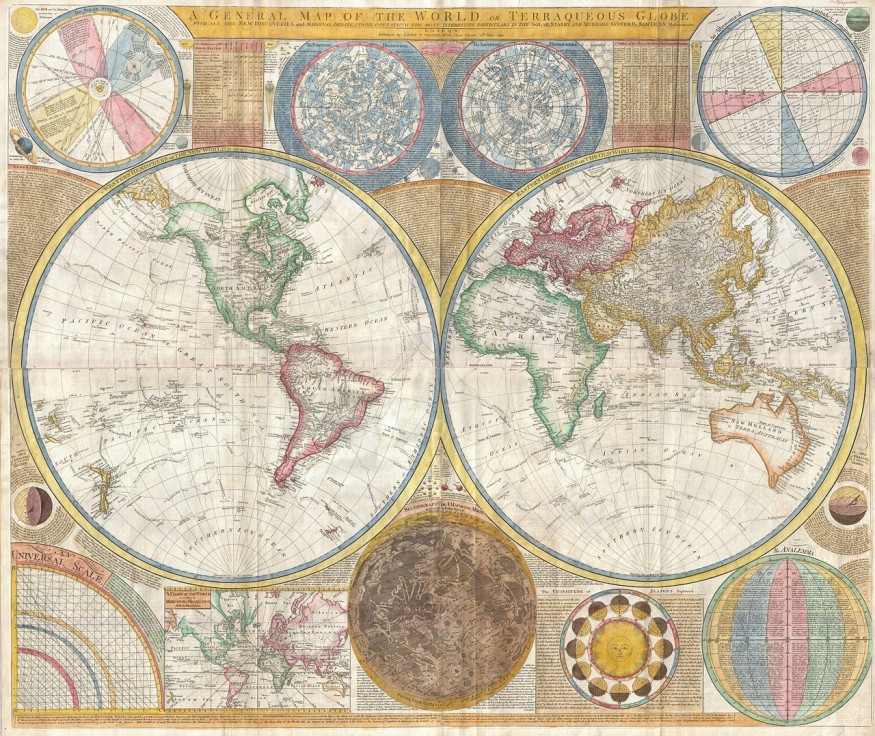The oldest known Earth material still found on Earth's surface is a mineral known as the "Time Lord" because of how well it can keep track of geologic time.
The zircon mineral was produced 4.37 billion years ago, not long after the proto-titanic Earth's collision with a Mars-sized asteroid that gave rise to our moon. Scientists have discovered fragments of it.

Lenntech said Zircon's tiny crystals look like lustrous silver-gray metal. But make sure to avoid falling for its dull appearance. These small but formidable minerals provide us a glimpse into the Earth's early history, their radioactive tick-tock marking the passage of billions of years.
Zircon: Earth's Time Lord
Michael Ackerson, a geologist at the Smithsonian's National Museum of Natural History, told NPR that Zircons are the finest indicators of Earth's time or history.
According to Ackerson, zircon crystals are formed in the same cooling magmas that form continental crusts with other minerals. But with time, those other minerals tend to vanish.
The majority of minerals don't survive, Ackerson noted. Thus, materials like quartz and feldspar are worn and degraded physically or chemically until they cease to be quartz and feldspar.
According to him, Zircon is extremely strong, which is "one of the key reasons" this mineral is essential.
These resilient crystals endure abrasive winds, crushing pressures, and extreme heat. Additionally, they could ultimately merge with other rocks that are still developing. That implies that researchers can break up some of the planet's earliest rocks, sort through the debris, and discover tiny grains of much earlier Zircon.
How Researchers Examined This Dull, Strong Crystal
Ackerson found a 4.32 billion-year-old zircon, WJCT News said. According to him, the only windows we have into the oldest Earth are those ancient zircons, which are "very, exceedingly, incredibly uncommon."
Today, scientists can use a laser like the one at the geochronology lab at Penn State University to zap a zircon to determine its exact age. Joshua Garber demonstrated how to insert a small crystal into a machine that uses air to pierce it and shatter it into little bits.
Garber said in the same WJCT News that to reduce the zircons to their most basic components, he "tortured" them in an argon plasma. He described how a detector measures the number of atoms in various chemical elements.
Uranium and lead are the most significant. Zircon despises lead but adores uranium, ingesting it as it develops. This implies that if you discover lead within, it certainly results from the uranium's continuous pace of decay, which is similar to the ticking of a clock.
How It Can Be Used for Studying Plate Tectonics
Zircon's chemical composition, however, may be used to learn more than simply its age and the age of the rock with which it is linked. It can also provide scientists with hints regarding the circumstances under which that Zircon was initially formed.
For instance, Ackerson recently hypothesized that plate tectonics may have started 3.6 billion years ago based on aluminum concentrations in ancient zircons.
He said that scientists are beginning to comprehend how and when the continents and seas formed and how it may have helped us lay the foundation for the emergence of life on our planet.
RELATED ARTICLE : NOAA Scientists Found Strange Line of Holes 1.7 Miles Below the Atlantic Ocean Surface, What Could It Be?
Check out more news and information on Geology in Science Times.
© 2025 ScienceTimes.com All rights reserved. Do not reproduce without permission. The window to the world of Science Times.











